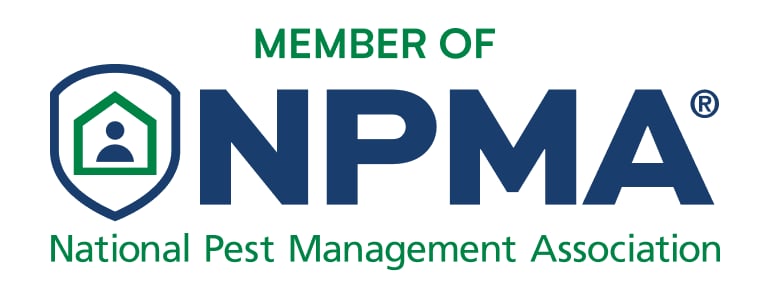Finding the Raccoon infestation in your home
If you recognize a raccoon moving around your roofline or hear the sound of feet in the attic, the time has come to bring in the experts at AAAC Wildlife Removal. A raccoon invasion can be a big deal as raccoons can transmit infections to humans and pets, including rabies.
With proficient wildlife removal experts, a qualified technician will show up at your home and evaluate the situation. We will figure out where the raccoon is entering your home and set up traps to remove them. Raccoons have exceptional paws that help them climb, so tree limbs make it easy for them to get into your attic.
AAAC Wildlife Removal will utilize a humane trapping method to bait the raccoons out of your attic. To ensure beyond a shadow of a doubt that all raccoons inside the attic are gone, a one way door might be set up.
The raccoon leaves home looking for food and can’t get back in, permitting the creature to move itself to one of its other safe spaces nearby (hopefully not your neighbors attic).
The attic should be inspected for young kits during late spring. Raccoon infants are taken out from the loft by hand and cautiously offered to their mother so they can move elsewhere together. The mother raccoon then takes the infants individually to one of her other nesting spots whenever we have sealed up the entry points to the attic.
Tidying Up
Raccoons can absolutely demolish your attic. These animals are keen on gnawing, so you may discover wood scraps left over from the destruction. The insulation may also need to be replaced as it has likely been contaminated by raccoon scat and urine.
Raccoon waste can contain the roundworm known as Baylisascaris. If people ingest the eggs in the excrement, it can lead to serious illness. You will need the experts at AAAC Wildlife Removal to decontaminate and re-insulate your attic to keep your family safe.
Exclusion Methods
After you have evicted a family of raccoons, you will need to stop them from getting into your attic again. Exclusion techniques will assist you with keeping raccoons under control. Any weak points of the house’s exterior should be made sealed up and strengthened to prevent re-entry.
Food is a big raccoon lure. Make sure to keep all trash cans secured tight so raccoons can’t access the contents. You may need to stow your bird feeders for a while as raccoons will also eat the seed that falls on the ground, which only draws them closer to your home.
Motion activated lights can be added to the home to dissuade raccoons from getting close as they are nocturnal animals. The light will turn on once it enlists the raccoon’s movement, which will trigger the critter to move away. Weighty gauge wiring can also be added to any section that focuses along the roofline of your home, which will keep raccoons from entering through those points.











